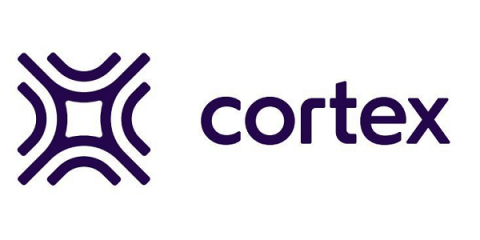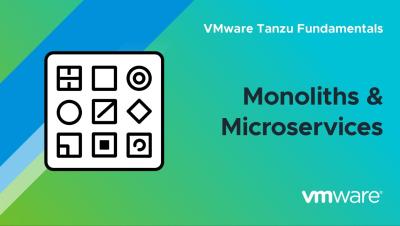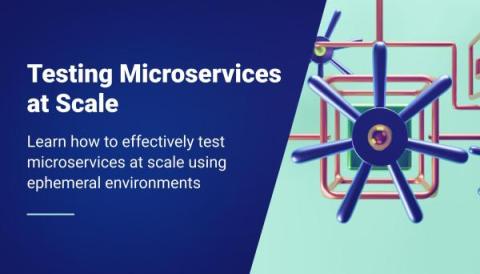How do you measure software security maturity?
Scorecards are a Cortex feature that allow you to understand how well your services are doing on the metrics you care about. Scorecards are customizable to your needs, however several are common to most organizations. In our previous post, we shared the top three scorecards that we recommend to Cortex customers. Security maturity is one of the first scorecards we recommend organizations create.







